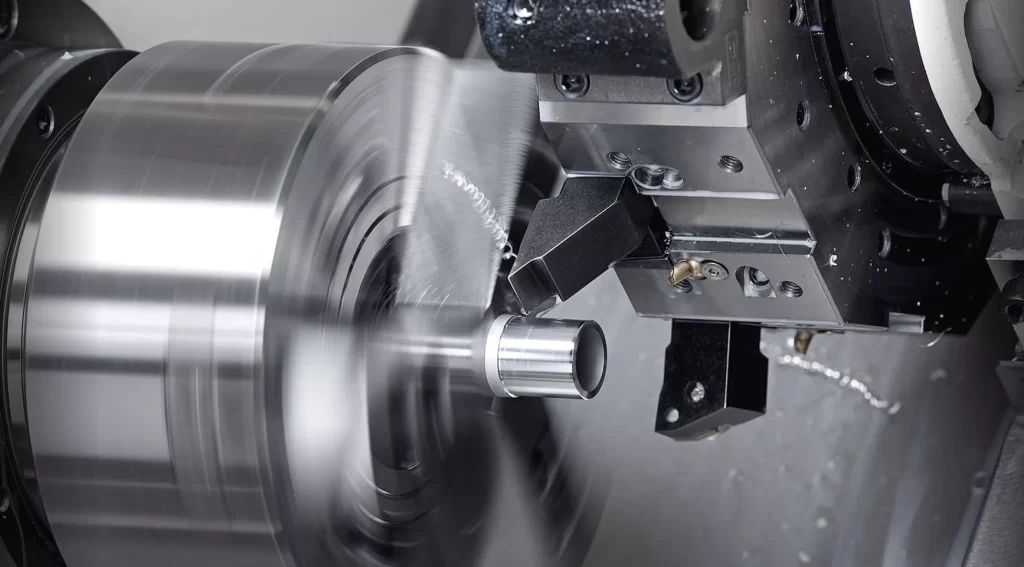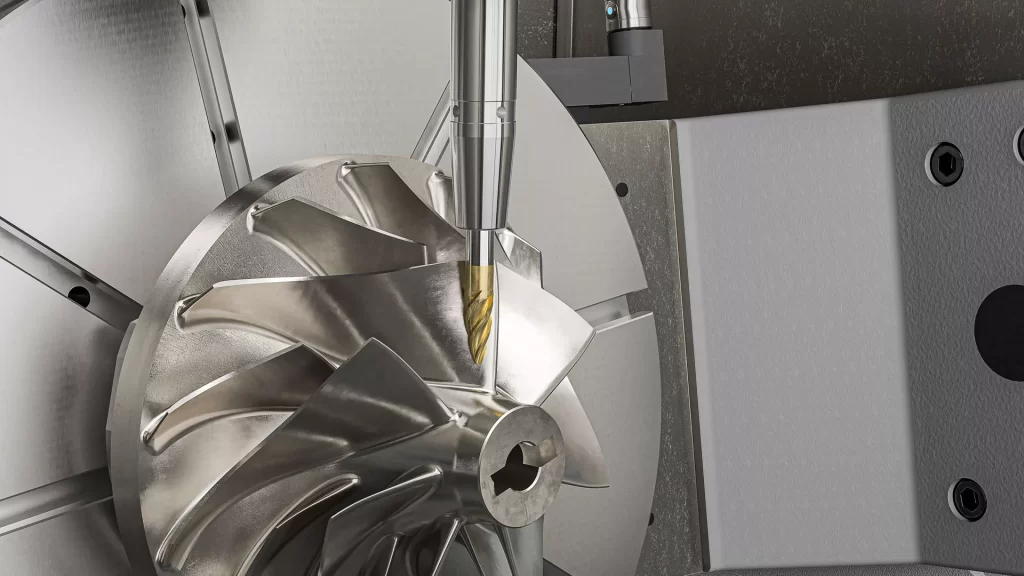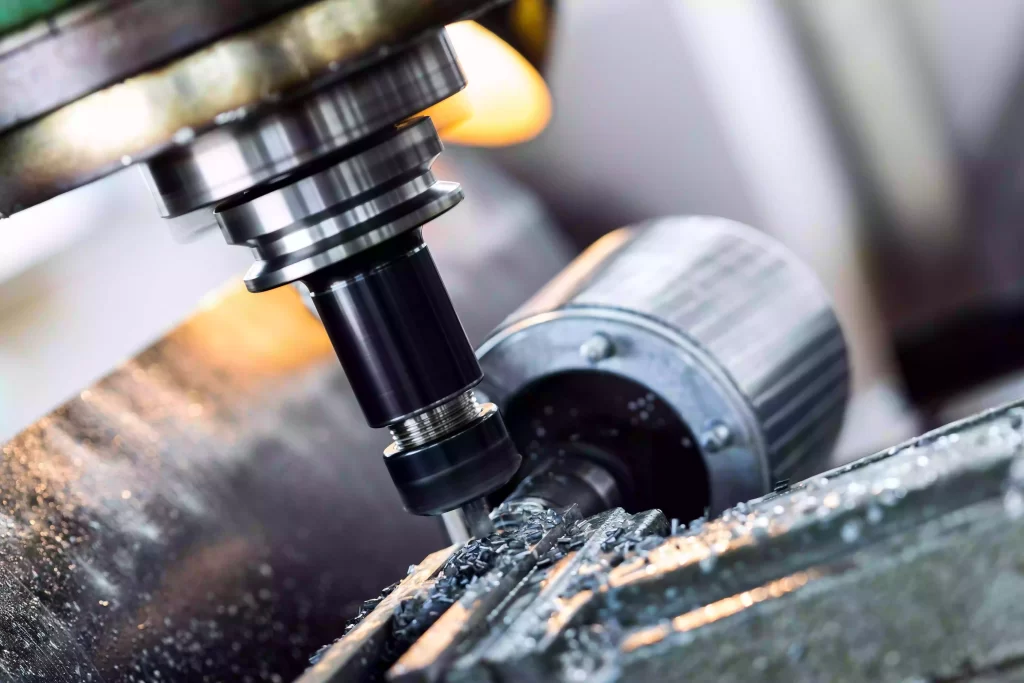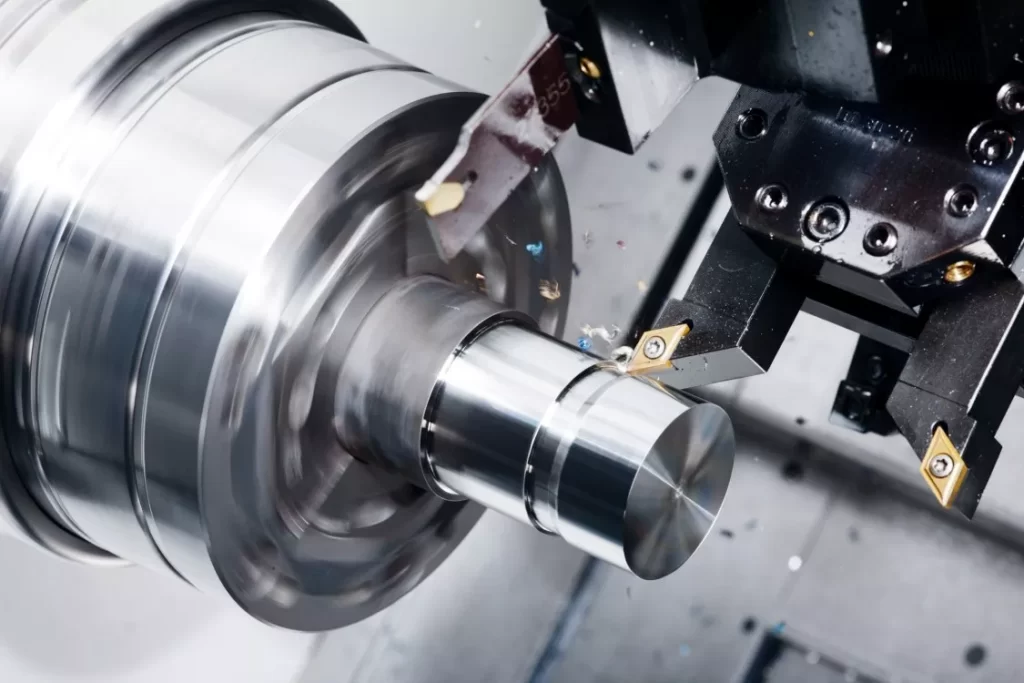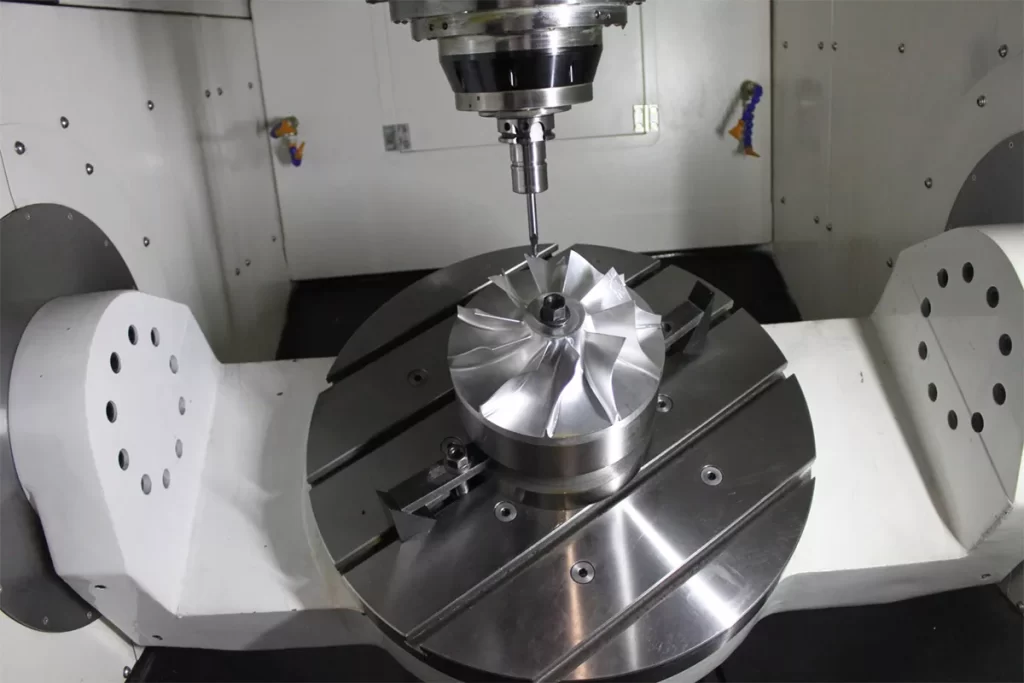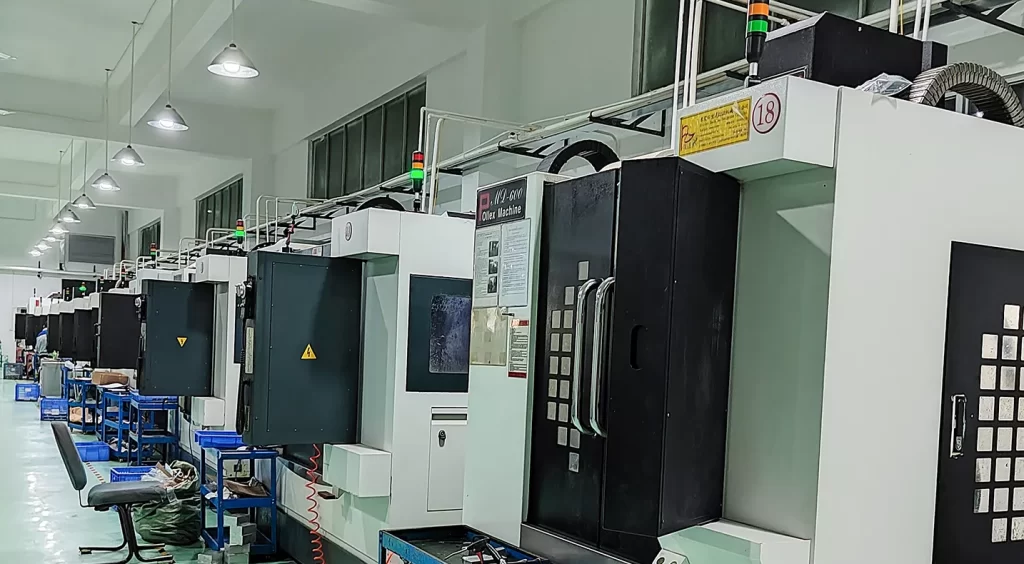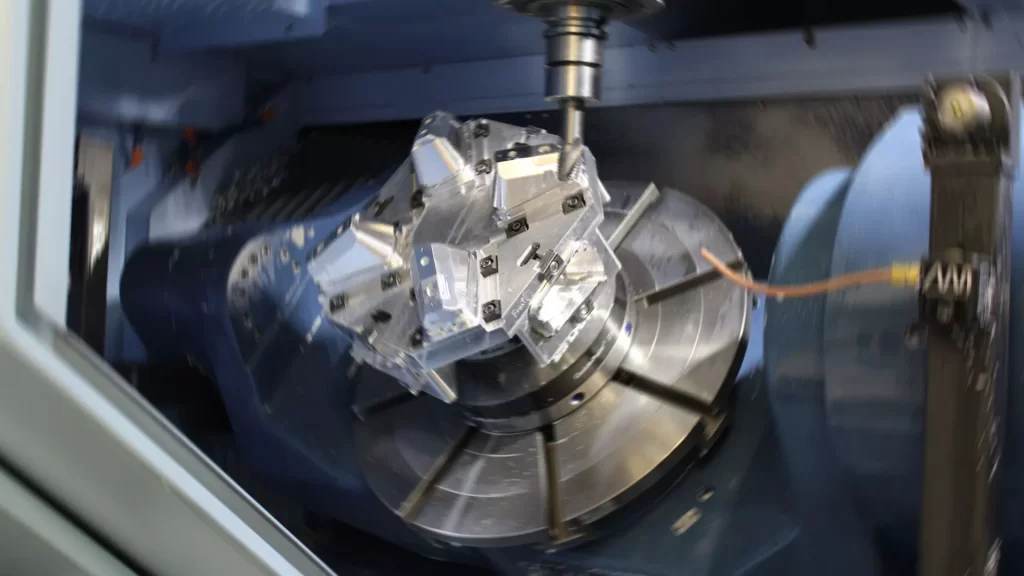Have you ever stopped to wonder how the gears in a machine are formed? Or how manufacturers make the complex housing of electronic gadgets?
The answer lies in a fascinating process called CNC machining, where raw materials are transformed into precise and useful components required in various industries.
In this article, we’ll explore the exact process that a raw material undergoes before it’s converted into a finished CNC part.
This way, you’ll get a clear understanding of CNC parts lifecycle, and why this knowledge is important to your manufacturing business.
Stage 1: Design and engineering
The first stage is usually the ideation. The engineers and product designers come together and discuss the CNC part they need.
They then use Computer-Aided Design (CAD) software to come up with a 2D or 3D drawing of the model which they can adjust depending on their needs.
Among the most important factors that the team considers in this stage include; the part’s dimensions, its purpose, the environmental tolerance required, and the material properties.
Stage 2: CAM (Computer Aided Manufacturing)
Once the design model is in place, the engineers use CAM software to translate the part design into machine-readable code.
This software takes a 3D model and creates a detailed set of instructions, called toolpaths, which tell the CNC machine exactly how to move its cutting tools to create the desired shape, ensuring precise parts from the initial design.
It also allows the engineers to simulate the machining process virtually to ensure everything runs smoothly before creating the actual part.
Then finally, the CAM software outputs G-code, a language the CNC machines understand.
Stage 3: Raw material selection and preparation
At this stage, your team has probably agreed on the design of the CNC part required. And thanks to the CAM software simulations, they already have an idea of which material will be best suited for the part.
It could be plastic, metal, wood, or a composite, but the main rule is that the material should be strong enough to withstand the machining process.
Once they obtain the raw material they need, it’s subjected to various preliminary processes before they can go to machining.
These processes could include cutting, heat treatments, and shaping.
Stage 4: CNC machining
This is the most important stage of the entire CNC parts lifecycle.
Your raw materials are loaded onto the CNC machine which removes all the excess materials and shapes them according to the programmed design.
The CNC machines follow the G-code toolpath provided by the CAM software during this entire process. The code guides it on the sequence of tool speeds, tool locations, coolant flow rates, and time for each operation.
This ensures that all operations involved i.e., grinding, drilling, turning, and milling, continue flawlessly.
Stage 5: Quality control
After machining, the next step is quality control. Here, the machined parts undergo rigorous inspections to confirm that they meet the required specifications.
The engineers use tools like micrometers, calipers, and gauges for dimensional accuracy and other specialized testing equipment like CMM (Coordinate Measuring Machine) to ensure consistency across all products.
Visual inspections are also very important in this stage, especially when dealing with large parts.
Note: While this stage is vital in the entire CNC part lifecycle, most manufacturers have quality control in mind in all stages, from the design phase to the final stage when it’s deployed for use.
Stage 6: Finishing and assembly
Now depending on the part and its purpose, the manufacturer can choose to conduct finishing operations to improve the surface quality or add some specific features.
- Some of the popular finishing processes involved in this stage include:
- Heat treatment – to strengthen the material
- Surface coating – for added protection and aesthetics
- Deburring – to remove the sharp edges
- Anodizing – to improve the materials’ water and corrosion resistance
If the CNC part is part of a larger component, it will be assembled with the other units at this stage. This can be done manually, or using the existing automation techniques on that floor.
Stage 7: Testing and final inspection
In this stage, the CNC part is already complete and ready for use. It however undergoes a final testing and inspection to ensure that it meets all performance requirements and safety standards.
If the product fails these tests, the CAM software program is re-evaluated, and the machining is repeated.
Stage 8: Maintenance until End of life
At this stage, the CNC part is already in use and requires regular maintenance practices like lubrication and cleaning to boost its longevity and performance.
This goes on until the parts reach the end of their useful life. Past this point, the CNC parts can be disposed or recycled depending on the condition of their material.
Why is it important to understand the life cycle of CNC parts?
As a business owner or industry manager having a comprehensive understanding of the lifecycle of CNC parts and machining can be a unique advantage. Here are a few of the benefits:
Boosts your operations efficiency
By understanding what happens at each stage, you can easily identify the potential bottlenecks, inefficiencies, and areas that need improvement in the production process.
This will make it easier to streamline your operations, reduce waste, and reduce your overall costs.
Allows for informed decision-making
If you understand the CNC parts lifecycle, you’ll have an easier time choosing your production strategy. Whether it’s during the design stage, or choosing the machining techniques, you’ll be better placed to make decisions that offer the best results.
Ensures quality control and precision
Knowledge of the CNC machining process also allows you to implement proper checks at each stage of production. This guarantees you that your final parts meet the required specifications and standards.
Enhances innovation
When your engineers and product designers understand the CNC parts lifecycle, it’s easy for them to innovate and create more efficient products. They can use their understanding to design CNC parts that are easier to produce, assemble, and maintain.
Other benefits of understanding your CNC parts life cycle include:
- Improves supply chain management – since manufacturers can determine the lead times and dependencies associated with each stage of the lifecycle.
- Allows for sustainability – since manufacturers understand the stages where environmentally friendly practices will be viable.
Final thoughts
There are many benefits to understanding the lifecycle of a CNC part, from the design stage to the maintenance and end of life. As we’ve seen, it can lead to better cost management, improved parts quality and precision, and a more streamlined production process.
